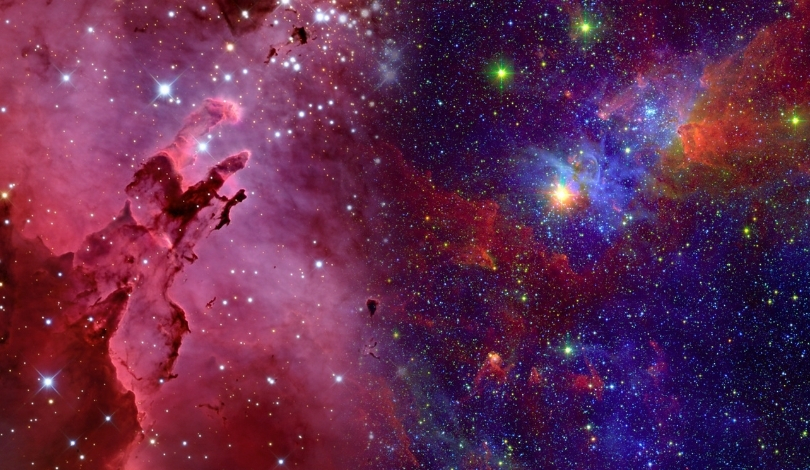Two newly discovered ultra-short-period planets are rapidly disintegrating under their stars’ intense heat, creating comet-like debris trails observable from Earth. These findings provide a unique glimpse into the composition and fate of rocky exoplanets. The study of these celestial phenomena offers valuable insights into planetary formation and destruction processes.
Previous discoveries of disintegrating planets were limited to three known cases around faint stars, making detailed study challenging. The identification of brighter host stars for these planets marks a significant advancement, allowing for more comprehensive observations and analyses. This progress enhances our understanding of the diverse behaviors and characteristics of ultra-short-period planets.
How Do These Planets Lose Their Mass?
Both BD+054868Ab and K2-22b are losing mass at alarming rates due to their proximity to their host stars. The intense stellar radiation and gravitational forces cause these planets to shed material continuously, forming extensive dust tails. The MIT study reveals that BD+054868Ab is losing about 10 Earth masses per billion years, indicating it will be entirely destroyed in a few million years.
What Do the Dust Tails Reveal About Their Composition?
The dust tails provide crucial information about the planets’ internal structures. Observations by the JWST’s MIRI instrument suggest that the expelled material consists of magnesium silicate minerals rather than iron, pointing to mantle-origin substances. This discovery, highlighted by the Penn State study, indicates that these planets may still retain significant portions of their rocky mantles despite their disintegration.
Why Are These Discoveries Important for Future Research?
Understanding the mechanisms behind planetary disintegration helps scientists refine theories of planetary formation and evolution. These discoveries also demonstrate the versatility of the JWST in studying exoplanetary atmospheres and compositions. Future observations of brighter systems like BD+054868Ab will enable more detailed analyses, furthering our knowledge of rocky exoplanets.
The ongoing research into disintegrating ultra-short-period planets leverages advanced technologies like the TESS spacecraft and the JWST to uncover the intricate details of planetary demise. By analyzing the debris trails and outgassing materials, scientists can reconstruct the internal makeup of these planets, offering analogs to terrestrial planets in our own solar system. These studies not only enhance our understanding of exoplanetary systems but also inform the broader field of astronomy regarding the life cycles of rocky worlds.
Future investigations aim to utilize the bright host stars of these disintegrating planets to obtain higher-resolution data, which will be critical in determining the precise mineralogical composition of the expelled material. Such detailed study will provide deeper insights into the geological processes that govern planet interiors and their responses to extreme stellar environments. The knowledge gained from these observations will be instrumental in characterizing potentially habitable rocky exoplanets.
“The rate at which the planet is evaporating is utterly cataclysmic, and we are incredibly lucky to be witnessing the final hours of this dying planet,”
Marc Hon, MIT TESS Science Office, emphasized the significance of observing these rare celestial events.
“It’s a remarkable and fortuitous opportunity to understand terrestrial planet interiors,”
added Professor Jason Wright of Penn State, highlighting the scientific value of these observations.










